🔘 🔘 The Future Of Immersive As A Standalone Industry: Part 2
What steps are needed to evolve immersive media from an emerging field into a recognised creative discipline, independent of traditional arts and media sectors
Where there is Part 1, there should be Part 2.
Following an earlier introduction that outlines the context of the so-called immersive renaissance and the growing popularity of collective digital experiences, here’s an overview of what I tentatively call the three pillars of a stand-alone immersive industry: audience development, new creative formats, and language and history. This final aspect is especially important if we want to equip the next generation of makers and professionals with key learnings and insights from the past decades of our practice, and engage in an actual dialogue with established art sectors.
Examining this triad from various perspectives is also important for developing effective, relevant, and forward-looking programming and collaboration strategies for cultural institutions and venues. Lastly, this knowledge is vital for funders, policymakers, and content producers who determine where to invest their resources, time, and attention.
Here’s my take on it.
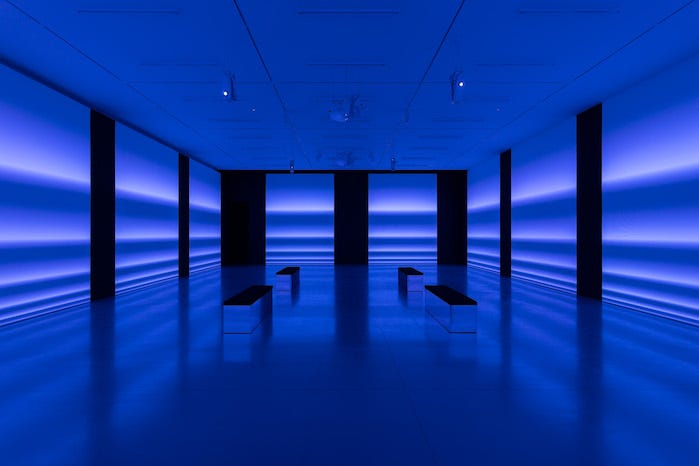
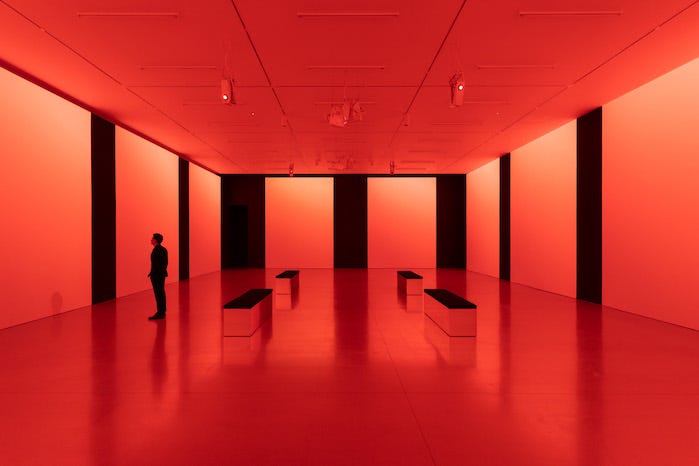
Immersive Audience
Audience development’ or ‘audience design’ might sound like bulletproof methods for engineering who discovers our work and how they do so. However, before we propose techniques to attract new audiences to exhibition spaces (and make sure they return), it’s essential to understand the actual needs and expectations of the people we address our offerings to. Established organizations like museums and theaters often have solid information about their public and their behaviors. Yet, even with years of experience, exploring how people's cultural habits shift due to various factors is crucial for bringing in new audiences and introducing new formats.
Recently, during the Geneva Film Festival Chris Salter from the Immersive Arts Space in Zurich raised a vital question of whether and how we have changed during the pandemic; we meaning audiences but also more broadly, we as a society. My first answer was to immediately say: yes, we have changed beyond our understanding but we’ve never, or at least I’m not aware we have, discussed it in detail in order to acknowledge what actually happened. On many levels I feel that this is a huge knowledge gap that we tend to ignore in understanding what the current cultural and societal expectations are. That’s a major side note to the discussion in this text; it demands a whole separate conversation, and it’s high time we had it.
For young organizations and venues just starting out, it's critical to understand and strategize how best to define and get to know their audience—who they are targeting and how to build lasting relationships with them. They should also be prepared for the possibility that the current immersive hype wave may one day stabilize at a lower level than what we see today.
After learning about a record attendance at the 2024 Tribeca Immersive exhibition at Mercer Labs, which was the first event presenting a curated set of independent immersive works in a commercial venue, I noted:
“Designing immersive art shows for large-scale digital venues requires a whole new approach on almost every level. This includes how you select the artists, how you work with them on the actual experience, how you design and use the physical space, and what you offer your audiences before and after the show. On a more detailed level, none of these elements feels like working in a traditional cultural venue, let alone a festival.
Today I know that a new exhibition model is a necessity because what happens in an immersive space is a completely different experience than what you would have in a theater, opera, art gallery, museum, or concert hall. The nature of the audience journey is somewhat similar to participatory theater but with much less friction and interaction demand on the part of the viewer. The collective character of the journey at spaces like Mercer Labs is very powerful, at once ancient and somewhat novel, with added value in its openness, accessibility, and lack of prerequisite professional preparation that often intimidates people from entering new cultural and technological topoi.
While today it might seem obvious or easy to curate for those emerging zero-spaces, in the long run, it may become an actual challenge. In my opinion, the openness and accessibility of immersive venues only means that as a curator you need to work much harder to make the experience meaningful and worthwhile because your actual audience is, well, everyone.”
I should acknowledge that ”audiences and publics” are neither neutral nor homogenous entities. They are shaped by specific socio-economic, cultural, and political contexts, often intertwined with the funding structures and institutional objectives of museums and cultural organizations. While immersive experiences may seem to appeal to “the masses,” it is important to recognize the nuances in how different demographics are targeted or engaged. I would love to learn more on how institutions navigate the construction of specific publics for immersive content and the potential power dynamics embedded within this process.
From a broader perspective, the conversation about 'immersive audience development' is fundamentally a conversation about the state of modern society (which occurred to me during an interview I was invited to by the Barbican Centre Immersive research team, whose task was to position their program on the cultural map. Unlike commercial venues, Barbican, as a state-supported legacy institution, has a mission and a duty towards their public and the British taxpayers and therefore their general approach to audience development and programming strategy must be different from the one of a private-owned business). If the conversation about immersive audience is indeed a conversation about society, it should explore the reasons and ways in which people from diverse backgrounds, social classes, and educational levels, with varying degrees of technological proficiency, may or may not be interested in participating in a new type of collective experience—one that enriches their lives and offers them something they value enough to prioritize over other ways of spending their time and money. As said above, for some market players, having this knowledge will be a matter of commercial success; for others, a matter of principles.
In that context, one of the questions I’m curious about is whether people are drawn to immersive experiences by the content itself or by how they feel within the space. Some indicators of this can be seen in the strategies of new cultural organizations like Fotografiska, whose founder, Yoram Roth, is driven by a vision of creating a novel type of third space. I had similar thoughts during the festival run of our exhibition, which led me to a question if, contrary to what some excellent surveys might suggest (Immersive Audiences Report 2024), audiences are not primarily motivated by the quality or the type of work being presented even if they claim otherwise when asked. Instead, they are likely more influenced by the overall experience, the atmosphere and reputation of the space where the experience takes place which makes the job of a curator or a programming manager even more challenging.
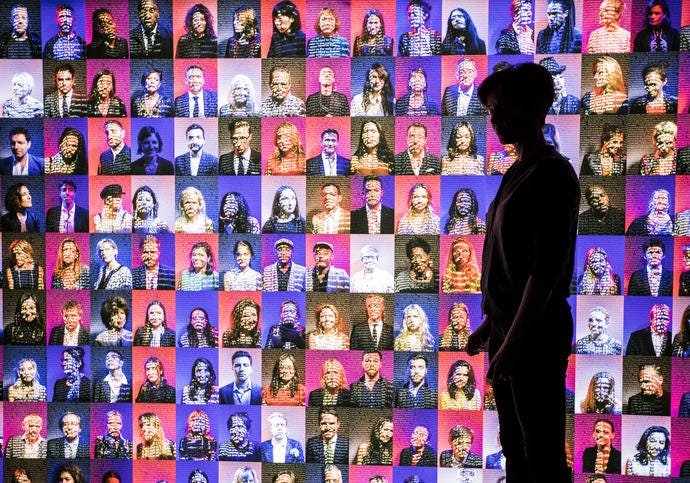
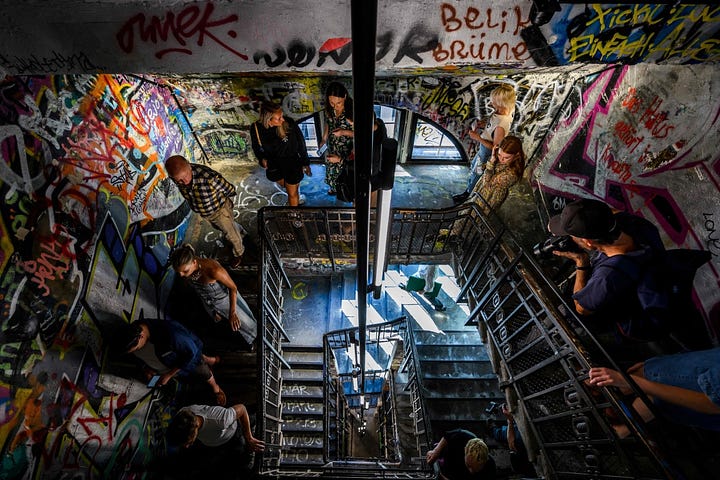
What Makes An Immersive Experience Successful?
The difference between how curators and producers perceive the creative process and how the public experiences its results couldn’t be more profound. Curators and producers, who usually engage with the artwork long before it fully comes to life, are primarily driven by their own understanding of the artist’s intention. The public, on the other hand, can (and should) only see the final outcome of a process that has largely evolved from that initial intention. Between these two points, the understanding of the artwork and the perception of its meaning can change significantly—and more often than not, it does. That is why professionals who are personally engaged in the creative process are not always the best people to arbitrate on the why’s and how’s of the artworks’ success or failure with the public.
It is quite difficult to actually define what success and failure means when it comes to various types of projects conceived and exhibited in completely different environments and circumstances. A lavish dome experience can hardly be measured with the same parameters as an independent sonic installation or an augmented reality performance presented at a niche art event. Appreciation and positive response are only some of the indicators of how the work ‘performs’ and what it brings to the wider debate on a social, artistic, or technological plane. For a large part of existing immersive creation, the main success indicators we've seen in recent years were festival awards or platform acquisitions. However, considering that festivals showcasing immersive art are few and largely focused on industry members, and platforms typically acquire content they have already invested in during the production stage, these factors do not necessarily guarantee success with the general public.
To gain a high-level perspective on what makes certain works resonate with audiences who are not industry insiders or directly connected to creative circles, we need a framework to analyze why some stories or experiences are successfully designed and shared with the public, and to identify early patterns that suggest how these emerging formats can be further developed and improved. It also involves investigating the creative processes behind these formats and their impact on both the production and reception of immersive experiences. The goal would be not to establish a 'credo' or a canon, but rather to understand the relationship between how a work is created and how audiences respond to the elements intentionally built into its structure—such as timing, interactivity, key narrative decisions, visual and sonic language, and scale. For example, we often observe how certain artworks change radically when adapted to a different medium or format (some of the examples include ScanLAB Project’s Framerate, Memo Akten’s Boundaries/Embodied Simulation, and Marshmallow Laser Feasts’ Evolver). Pinpointing the reasons for these changes and analyzing their consequences could lead to discoveries that reveal what makes immersive formats bespoke and engaging, and how artists and producers can be systemically supported in a more directional and focused manner across various stages of their creative process.
One aspect of the research is to examine the creative intent behind immersive works, focusing on the distinction between artists who are “born immersive” and those who have transitioned into the field from expanded content practices (big thanks to Rachel Falconer for her essential note on this). These practitioners, with different levels of familiarity with immersive media, respond to curatorial strategies, technological tools, and audience expectations. Exploring the intention of artists who actively engage with specific audiences—or who deliberately reject certain tools or frameworks—could enrich the analysis of how immersive media reshapes artistic agency, and the ways in which creators could influence or challenge existing curatorial practices.
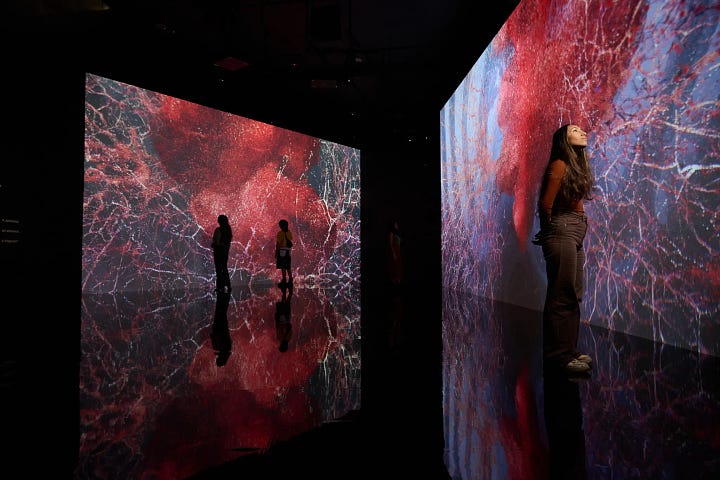
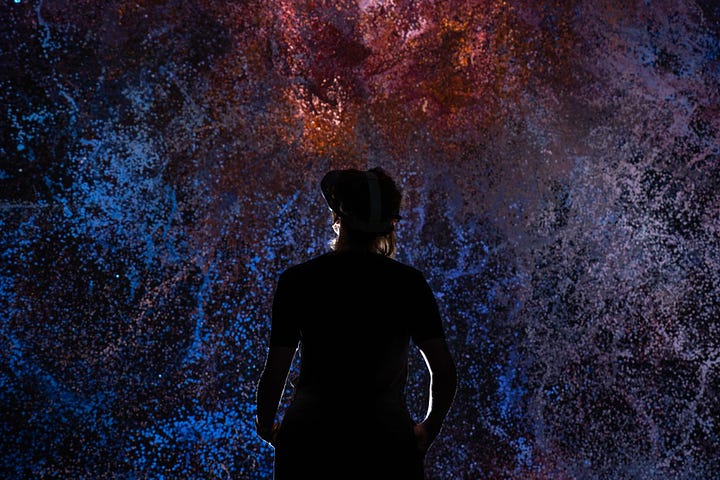
How Shall I Put It
How can we popularize, or even contextualize, something we don’t have the language to describe?
Without language, there is no way to communicate the mission, and without a shared memory we could debate on and learn from, any mission becomes vulnerable and eventually surrenders to entropy. As discussed at What shall we call you? Naming the audience of immersive media (IDFA DocLab R&D Summit, November 2022) the lack of shared terminology in the sector has not only been a key factor leading to audience confusion and slow adoption, but has also sparked a discussion about power:
“Sarah [Ellis] thought it important to think [too] about power - who defines language, in terms of terminology “it’s where the power lies”. A hundred years ago the BBC had the power to define language and define the terms, Sarah observed, whereas today in the immersive space that power is decentralized, and with the audience – there’s been a power shift.“
Without looking too far, Apple's decision to forgo terms like 'virtual reality' or 'mixed reality' in favor of the more futuristic and less specific 'spatial computing' straight after the launch of Apple Vision Pro has been interpreted by many in the community as a power move, signaling that Apple is distancing itself from the decades of experimentation led by other stakeholders in the tech industry. Regardless of how we interpret the company's choice of terminology, it contributes to a verbal confusion that further complicates how we communicate the medium, the technology, and the unique characteristics of experiences produced for mixed reality headsets (which, from a purely technological standpoint, Apple Vision Pro still is, regardless of what marketers call it).
Secondly, the problem of fading memory within Immersive, a discipline ‘in perpetual statu nascendi,’ is obviously related to the fact that it has not been properly documented and described. As Jennifer Mundy notes in Lost Art (2013):
“Paradoxically, perhaps, no field is more prone to rapid obsolescence than that of computer-based art.”
One possible reason for this is the lack of a relevant methodology that would enable a multidisciplinary analysis of these works (another one is the problem of archiving which is a whole separate topic). There is no art history of immersive experiences because no cohesive analytical effort has been made to describe these achievements beyond their technological aspects or what is broadly called ‘user experience design.’ Describing a digital work by focusing solely on its technological side, which is a standard practice in the immersive industry, is like describing a person by only talking about their bones—‘Can it walk? Yes, but sometimes it wobbles.’
This gap, in my opinion, along with the absence of an established language and the ability to explain to non-professionals the unique nature and value of spatial art, is one reason why immersive narrative storytelling as a creative practice has never reached a level of popularity that extends beyond festivals (Sundance, Tribeca, SXSW, Venice) or progressive art centers (Phi, Barbican) and still remains a relatively niche phenomenon.



